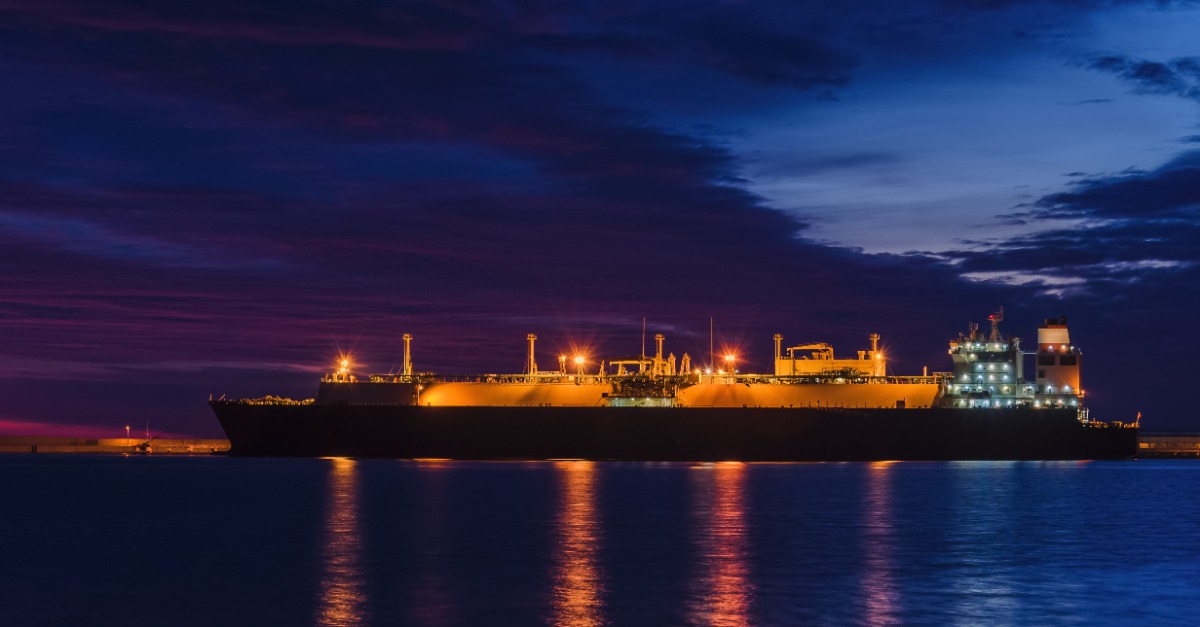
India seeks energy diversification amid Qatari ex-navy men judgement
- India is Qatar's second largest liquified natural gas customer.
- Given fluid international events, India has been eyeing additional energy suppliers.
- Qatar's recent action will likely push India to reduce the existing trade partnership.
With the Israel-Palestine war escalating further, more countries in the region are being pulled into the conflict.
In terms of the knock-on effects on energy security, Saudi Arabia, Iraq, UAE, and Kuwait, all feature in the top ten exporters of crude oil globally.
In an earlier piece, we discussed the possibility of $150.0 crude amid geopolitical turmoil and military action.
As per the Energy Institute Statistical Review of World Energy 2023 (EI), the Middle East accounted for 32.8% and 17.8% of crude oil and natural gas production, respectively.
With Israel commencing its ground offensive, it is impossible to gauge how long the war may last.
Most recently, the Houthis of Yemen have declared war on Israel, and there are serious concerns about the possibility of Iranian aggression.
India-Qatar tensions
Copy link to sectionRelations between the two countries have been rocked by the news of Doha imposing the death penalty on 8 Indian ex-navy officers.
The Indian nationals were employed by Al Dahra Company, an agribusiness player, and were taken into custody in August 2022 after having been accused of engaging in espionage.
This situation has caused much distress to the families of the convicted, as well as the Government of India since no information on the specific charges themselves has been provided.
Natural gas supply
Copy link to sectionAs per the EI report, Qatar produced 178.4 billion cubic meters (BCM) of natural gas in 2022, accounting for 4.4% of the world’s total.
In terms of exports, Qatar exported 63.9% of its total production in 2022, which was equivalent to 21.0% of global exports.
This provides an important source of revenues and foreign exchange for the Qatari government and businesses.
India, in turn, is the second largest importer of natural gas at 28.4 BCM amounting to 5.2% of global demand, behind only China.
Last year, India imported 14.7 BCM from Qatar, i.e., 12.9% of Qatar’s total exports.
At this time, India is highly dependent on energy products from Qatar which make up 54.0% of India’s natural gas imports, worth $8.32 billion (£6.82 billion) in 2022-23, with long term contracts in place till April 2028.
However, deteriorating trust in the partnership may push India to reduce the extent of Qatari imports significantly.
Diversification
Copy link to sectionAs the world’s fastest-growing economy, India has a huge appetite for natural gas which is set to grow rapidly in the coming decade.
Presently, about 6.2% of India’s energy mix comprises natural gas, but this is slated to increase significantly to 15.0% by 2030.
Earlier this month, the Paris-based International Energy Agency (IEA) projected India’s natural gas demand to grow at 8.0% per year from 2022 to 2026.
This reflects the country’s positive growth story as well as the focus on specific energy-intensive sectors including fertilizers.
Earlier this year, Great Eastern Energy Corporation Limited Managing Director and CEO Prashant Modi told S&P Commodity Insights that,
In the coming years, this (natural gas demand) can grow over fivefold…
Petronet, India’s largest natural gas importer is in the process of building new facilities and expanding existing capacity to the tune of ₹40,000 crore (£3.9 billion) within four years.
However, with rising tensions, Qatar may not reap the benefits as much as they would have liked.
Mozambique
Copy link to sectionPerhaps most significantly, the Cabo Delgado gas project, a huge reserve spread over 7,500 hectares has resumed operations after a two-year delay following the resolution of significant security issues.
India’s Foreign Minister S Jaishankar visited Mozambique in April 2023 which has helped to fast-track the 64 trillion cubic feet (TCF) project.
Combined, ONGC Videsh (OVL), Bharat PetroResources (BPRL), and Oil India (OIL), three Indian public sector companies, hold a 30% stake in the $20 billion liquefied natural gas project.
Over the past five years, Indian imports of hydrocarbons from Mozambique have grown three-fold, and are set to expand further if the mega gas project can deliver on profitable economics.
UAE
Copy link to sectionEarlier this year, the Indian Oil Corporation (IOC) entered into an agreement with the Abu Dhabi Gas Liquefication Co Ltd for a long-term LNG sale and purchase agreement.
The UAE which accounts for about 40% of India’s LNG imports, shall supply IOC with 1.2 million tonnes per annum of LNG from 2026 onwards, for a period of 14 years.
IOC has also inked an agreement with TotalEnergies, to supply 0.8 tonnes per annum of LNG for a period of 10 years starting 2026.
Such strategic contracts will play an important role in securing India’s energy needs in the future.
Venezuela
Copy link to sectionTo ensure robust crude oil supplies, India has also approached Venezuela following the US’s recent decision to lift sanctions for a period of six months.
In return for greater freedom to trade, Caracas has agreed to allow international observers to monitor next year’s elections.
This is a highly welcome move for Indian companies such as ONGC which had invested heavily in Venezuela and have been prevented from recovering earlier dues.
Having imported 5%-7% (or approximately 300,000 barrels per day) of its requirements from Venezuela before 2019, India will be looking to negotiate an agreeable discounted price delivery contract.
The inflow of extra production into global markets may also help ease oil prices, countering the impact of geopolitical tensions in West Asia and OPEC+ cuts to a degree.
Natural gas reserves
Venezuela also possesses the second-largest natural gas reserves in the Americas, and thus far, has only produced enough to meet its consumption.
The US Congressional Research Service notes that the country may be looking to develop these resources to unlock new streams of value.
At this stage, this will require regulatory and legislative approval, as well as significant investment.
However, given the deepening relationship with India, Venezuela may provide an additional and invaluable source for LNG supplies in the future.

Other Alternatives
Copy link to sectionDr. Ankit Shah, a well-known financial, economic, and geopolitical analyst, added that India is also negotiating with the US to gain rights over certain gas fields.
Conclusion
Copy link to sectionOwing to volatility in the energy markets and the darker geopolitical climate, India has been aiming to diversify its energy supplies.
This would be a healthy development in terms of both energy security and providing competitive prices at the retail level.
The recent diplomatic collision with Qatar has only highlighted the urgency of rebalancing energy imports.
Another important factor to consider is that Russia has insisted on yuan payments for energy exports to India, an offer that government officials would rather refuse.
These realities have driven interest in other countries such as Mozambique, UAE, Venezuela, and the United States.
Sanjay Dixit, host of the popular Youtube channel, The Jaipur Dialogues, believes that,
…no gas will be bought from Qatar in the future.
As Qatar’s second largest customer, this trajectory would prove troublesome for the Middle Eastern country.
In addition, major economies such as the US and Europe appear close to a recession, which would likely negatively impact demand.
China too, is showing economic weakness which may further hurt Qatari industry.
Interested readers can find a recent piece on China’s economic situation at this link.
Lastly, it will be fascinating to see if a shift away from the high dependence on Qatar’s natural gas complex gives India more leverage in diplomatic negotiations to free the eight sailors.
Note: Sanjay Dixit’s comments were in Hindi and were translated by me.
More industry news







